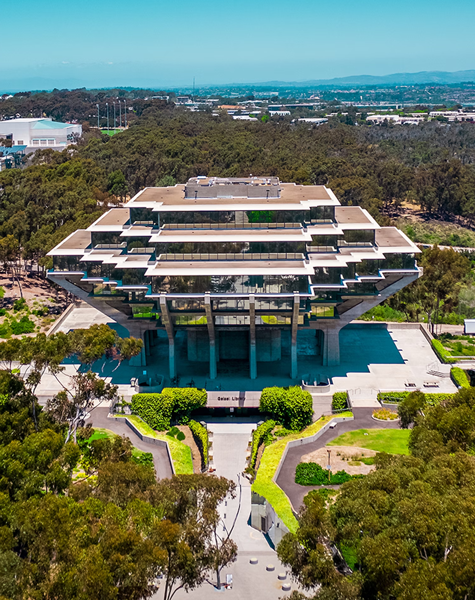Energy-efficient Equipment
Texas State University’s legacy utilities accounting program only recorded vendor payable consumption/cost information, and was data entry intensive. The University required more detailed, accurate reports, and an improved accounting process that could incorporate additional building level submetering. The solution required direct electronic data interchange with the enterprise accounts payable system, and an interface with a professional energy management system. In the software implementation process, valuable relationships were forged interdepartmentally and with a nearby university. Internal data sharing arrangements are now promoting greater efficiency, transparency, and accountability for utilities cost and energy use.
Smart Software Data Leads to Big Energy Savings
The shortcomings of the older system were obvious: the legacy utilities accounting software only provided limited data for internal cost allocations on a square footage basis; building level submetering was limited. Energy reporting was a time-consuming manual process, with staff entering data into spreadsheets and an aging, unreliable database. According to Brittany McCullar, Utilities Analyst for TxState, “Pulling reports entailed a lot of cutting and pasting, taking days to create final reports. This left room for error and data inaccuracies.”
Energy data collection was also a challenge. McCullar stated, “Our [utilities] bills were previously received in paper format by Accounts Payable, coded, then sent via internal mail to the different departments for approval. Once the departments approved, the vendor bills were sent back to Accounts Payable to be entered and posted for payment. Utilities Operations would manually enter everything into our legacy software program to document consumption and cost details by meter.”
The Utilities Operations team recognized the value of maintaining and sharing accurate energy cost and consumption data. Now they needed to use their training and experience in accounting, analytics, customer service, and project coordination to help transform the University’s process for collecting and distributing utilities information.
The Solution
Utilities Operations quickly found allies in their quest for utility accounting and energy management improvements. Leaders from the Department of Campus Recreation, the Department of Housing and Residential Life, Athletic Department, and Auxiliary Services at TxState were frustrated by the lack of visibility of energy usage data used to allocate utility costs. They supported a software tool that would facilitate transparency and an actual-use model. These university stakeholders realized that EnergyCAP UtilityManagement™ could achieve both goals. The University purchased EnergyCAP UtilityManagement, and software implementation began in August 2012. Working together, the department representatives developed a camaraderie that transcended their business objectives.
University Allies
Implementation assistance came from an unexpected source—another nearby university. McCullar said, “Our relationship with UTSA [The University of Texas at San Antonio] began with the implementation of EnergyCAP UtilityManagement. Our Facilities Procurement team found we could contract directly from the UTSA EnergyCAP agreement. This saved us time and money, allowing us to implement the software quickly. Once it was installed, Scott, our EnergyCAP Project Manager, connected me with Dagoberto Rodriguez, Energy Manager at UTSA. They attended our onsite training, and we collaborated to identify similar processes. Immediately we built a relationship with UTSA and identified the same diverse reporting/tree structure within EnergyCAP UtilityManagement. It’s comforting to know we will be able to lean on each other through set-up processes.”
The accounts in EnergyCAP UtilityManagement are organized so they can be viewed and reported by education and general and auxiliary fund centers and meters. McCullar organized the software Buildings and Meters display hierarchy so that summary energy data would be easily visible with various options to sort and display the data.
The implementation involved retrieving at least four years of energy data for most accounts. McCullar worked with Scott to retrieve the necessary data via import and manual entry. Source records from the outdated software, as well as data available from spreadsheets, were transferred to the EnergyCAP UtilityManagement database in approximately two months. Now, reports that took days to generate can be displayed and shared in seconds.
AP Interface
The data consolidation was only one piece of the puzzle. “A vital part of the EnergyCAP UtilityManagement installation was the completion of the custom Accounts Payable reformatter,” said McCullar.












